Yanko Design - Latest Posts |  |
| Posted: 18 Feb 2009 05:42 AM PST No matter how much we progress as far as technology is concerned, we always look back towards retro stalwarts for inspiration in the designing field. NVDRS Tape foxes around in the Cassette Tape construction but is actually a digital player. Deceptive looks aside, the player continues to follow the 45/60/90 minutes norm, holding 10/15/20 select songs in digital format; uploaded via USB. Designers: Stefano Pertegato, Massimiliano Rampoldi, Eloisa Tolu, Francesco Schiraldi & Giovanni Mendini
There are a couple of things regarding this player that really stands out. Like for example, if you want to forward or rewind a song, you need to manually do it by rotating the spools with your finger or pencil. To play just slide the Play Button.
Charging it depends how good are you at …you guessed it…rotating the spools! Rotating the second hole of the tape charges the kinetic battery. An LED light indicates the power status: Green-full charge; Amber- Medium Charge; Red- will die out any moment.
Between the two wheels is nestled a small display that only shows you the time elapsed for the song, nothing else! Both the 90 and 60-minute versions are housed in recycled aluminum enclosures, however the 45-min one is constructed from Polypropylene.
Retro, green and spunky makes this my wishlist priority. Eloisa Tolu, Francesco Schiraldi, Giovanni Mendini, Stefano Pertegato. Massimiliano Rampoldi |
| Posted: 18 Feb 2009 03:30 AM PST There is a lot of scope for improvement in the light-switch industry. Intuitive touch sensitive panels have replaced the click-on click-off types. All you need is deep pockets and a sense of aesthetics to incorporate panels like the Revio. The panel boasts of eight program scene buttons, power button, dim/bright control, infrared receiver, program from iCAN network, flash memory, panel 'clean' switch and more! What's cool about it? Looks good no doubt, but there is more to it than mere vanity. What is the panel made from? It's made using a Polycarbonate/ABS blend mold because the material is durable and ideal for recycling. The clear cover is molded from transparent impact resistant Polycarbonate, which is apt for good light transmission. The on/off button is crafted from brushed stainless steel. Choice of colors and a contemporary approach complete the package. Designer: Firsthand Design
|
| Good Concrete Fences Make Good Neighbors Posted: 18 Feb 2009 03:07 AM PST If your home’s property lines happen to be of the more curvy and disjointed kind, then this concrete block fence system from designer Sergej Kuckir might be your key to walling out society and its discontents. Intended to emulate more curvilinear demands for fencing and ground planning, it is only natural that the fencing carry its own weight and allow the user to build a wall as low or as high as they wish. Now if only they would re-legalize assault weapons and those kids would finally learn to really stay off my lawn. Designer: Sergej Kuckir
|
| Bright Lights in the Grips of your Fingertips Posted: 18 Feb 2009 12:24 AM PST When I first read the mail from the designer (Christian Precht) of this project, I thought it was Jesus Christ the Son of God and Industrial Design! Turns out Christian Precht isn’t devine, just a clever renderer and a super designer. Precht’s product is called “Add-it-on,” and it’s organic. Clip on, clip on, LEDs to light your night so you can keep on, keep on. Precht was inspired by growth in nature: “L-systems, cell breeding, or brownian motion.” Each of those little creature objects you see connected together there is a flexible luminescent light fractal. They link together, each daisy-chaining power to the next - energized by one near a power plug (or within reach of a power cord). Add ons include rods, spotlights, pencil holders, and dimmers. Answer me this, everyone: how many clever little lamps is enough? The answer is: no to many is too many. Word to little lamps. Designer: Christian Precht
|
| Posted: 17 Feb 2009 02:35 PM PST I’m sure you remember the ipod speakers made out of twine and bubblegum, right? Well here, also, lives on the spirit of the greatest Industrial Designer of an age: The MacGyver. Yes, the man that can conjure anything in a strangely simple way. Here, designer Donell Hutson continues the legend by attaching a square mirror to a 5 LED light array. And that’s it! Light shines up at mirror, mirror deflects light to your paper. Your paper is totally happy by this, and you can thank the Industrial Design Gods for this simple gift. In Donell Hutson’s prototype, listed is: LED’s, Small Clamp Light, Metal Sheeting (Aluminum), Tin Foil, Mild Diffuser Material*, and Metal Wire. Has anyone in the peanut gallery made something like this with less? *I thought this said MIND DIFFUSER at first. Designer: Donell Hutson
|
| Wasting Electricty? You’re Going Broke Posted: 17 Feb 2009 11:19 AM PST Warning Bulb enables you to visually check your electricity usage. It’s well known greenhouse gases source most of its CO2 from power plants. The generated electricity is not always put to efficient use. 11% of the power is wasted through plugged in idle appliances. The idea behind Warning Bulb is to prevent wasted energy by showing you how much money you’re spending and how fast. Similar products are already flooding the market but Warning Bulb takes a different approach, one that may finally put you and your wasteful attitudes in check because at the end of the day nobody likes it when their money is f*cked with. How do the designers do it? The system is designed around the idea of a pre-paid electricity card controlled by a fuse box. Inserting the card into the fuse box lets you check your “balance” and shows exactly how much power you’re using. The balance is determined in electricity per minute (EPM) which reflects how much you’re paying in real time. The more you use, the yellower the bulb becomes and once you approach your allotted amount, the “W” in the center flashes. It’s an interesting idea and definitely could teach people to be more frugal. Years ago my cellular bill always topped out over $150. I placed myself on a pre-paid wireless plan just so I became consciously aware of my calling habits and adjusted according. In a perfect world where infrastructure wasn’t such an issue, a similar system for electricty might be a good thing. Designers: Ga-Ye Kim, Young-Duk Song & Yoon-Sun Yang
|
| You are subscribed to email updates from Yanko Design To stop receiving these emails, you may unsubscribe now. | Email delivery powered by Google |
| Inbox too full? | |
| If you prefer to unsubscribe via postal mail, write to: Yanko Design, c/o Google, 20 W Kinzie, Chicago IL USA 60610 | |

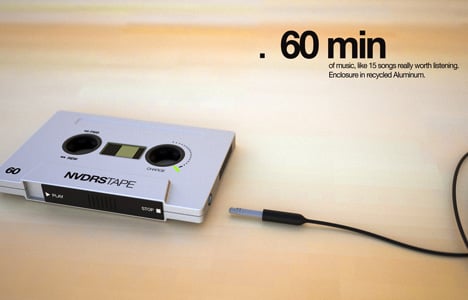
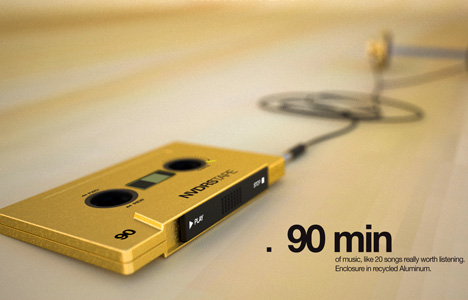
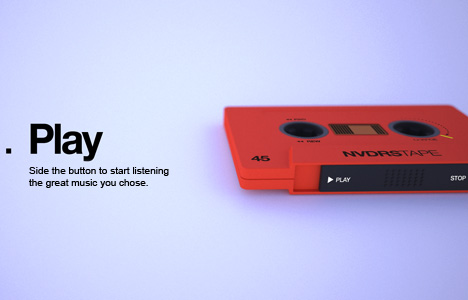






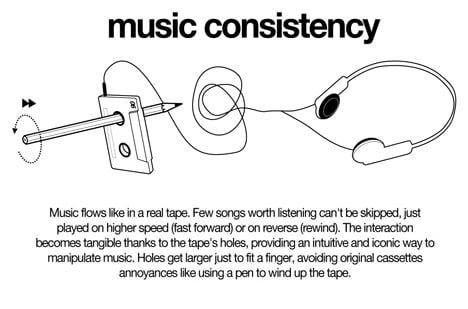

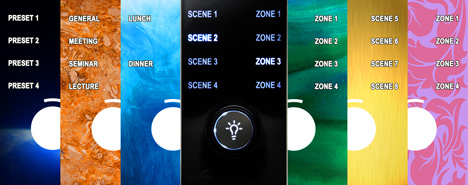





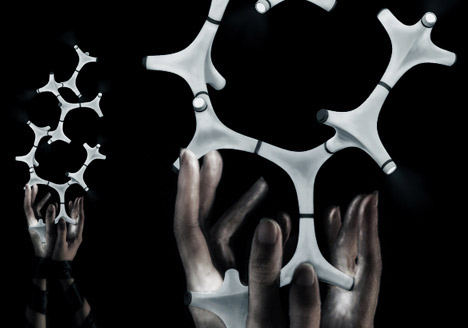
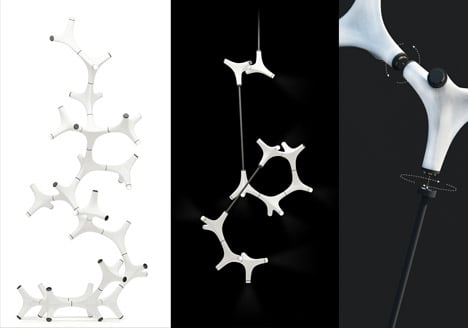
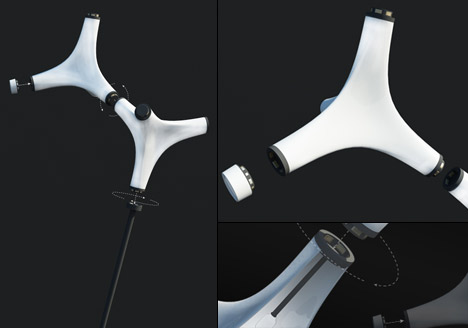
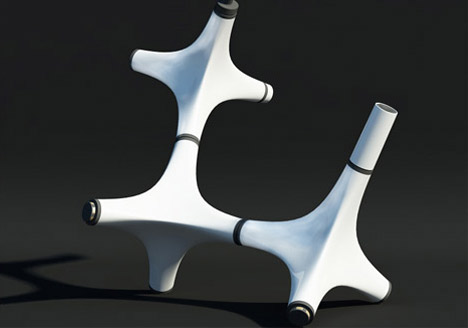
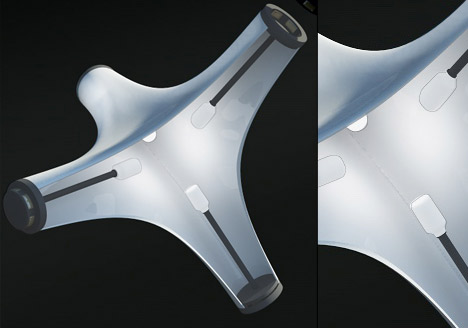
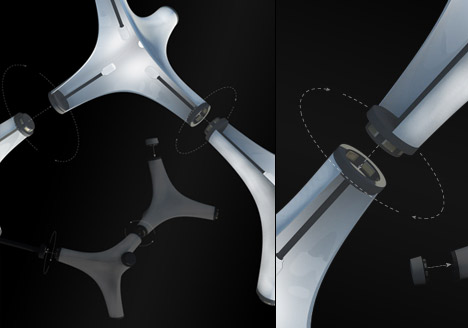



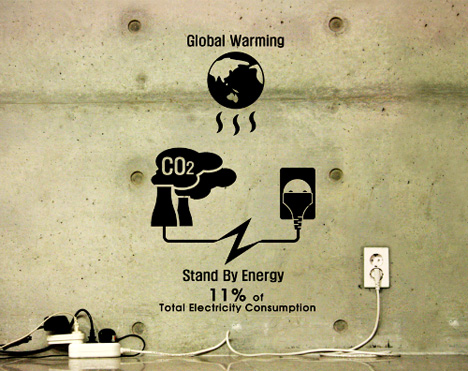




No comments:
Post a Comment